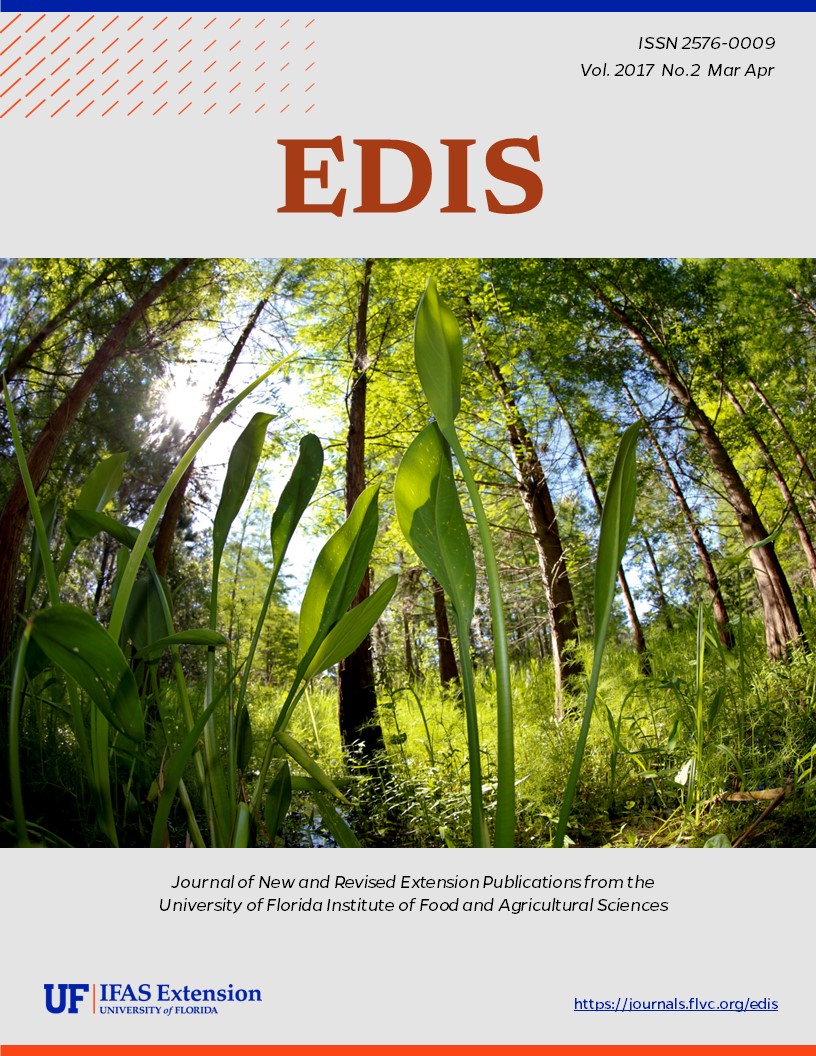Abstract
This document provides a comprehensive guide on managing cockroaches in and around homes in Florida. It covers the identification of common species, their life cycles, and habitats. The document emphasizes integrated pest management (IPM) strategies, including prevention, sanitation, exclusion, and chemical control. It highlights the importance of eliminating water and food sources, sealing entry points, and using baits, sprays, and dusts effectively. The guide also stresses the need for proper pesticide use and safety precautions to ensure effective and sustainable cockroach control. Publication Date: January 1994.
References
Koehler, P. G. 1993. Cockroaches. IN Pests in and around the Florida home. SP-134.University of Florida, IFAS Publications. 82-85 pp.
Smith, L. M., A. G. Appel, T. P. Mack, G. J. Keever, and E. P. Benson. 1993. Integrated pest management effectively controls smokybrown cockroaches. Highlights of Agricultural Research
40(2): 7.
Suiter, D. R. 1993. Cockroach control without insecticides. IN Pests in and around the Florida home. SP-134. University of Florida, IFAS Publications, 86-89 pp.

This work is licensed under a Creative Commons Attribution-NonCommercial-NoDerivatives 4.0 International License.
Copyright (c) 2017 UF/IFAS

